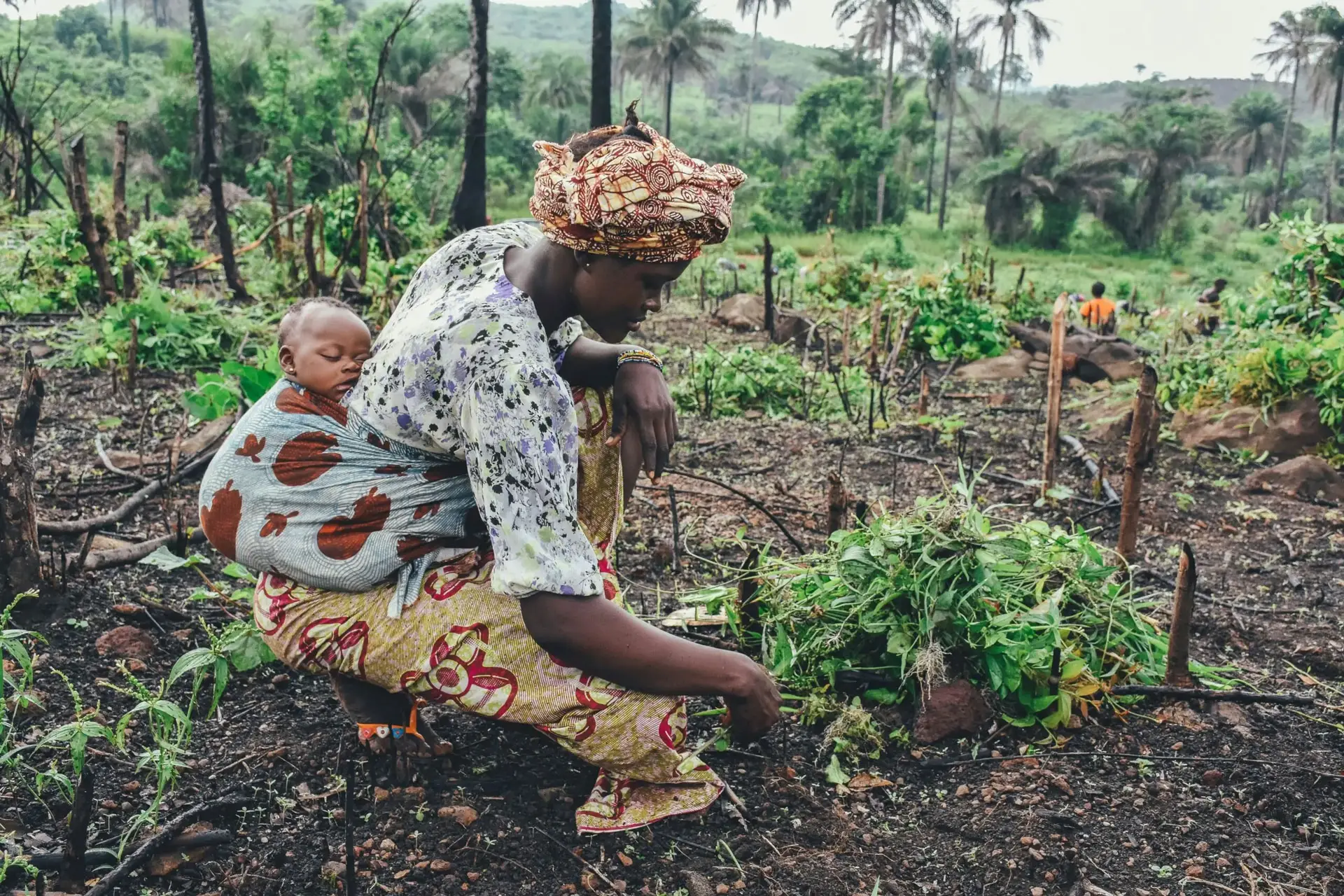Eastern and Southern Africa (ESA), home to an estimated 700 million people, remains highly vulnerable to a wide range of natural shocks. The region’s geographic characteristics contribute to a heightened risk of cross-border disasters, including recurrent river and coastal flooding, seismic activity, and climate phenomena such as El Niño and La Niña. In recent years, Tropical Cyclones Freddy, Chido and Jude have impacted multiple countries across Eastern and Southern Africa.
These climate-induced disasters often trigger or worsen public health emergencies, increase food insecurity, displace populations, and intensify conflict and political fragility across the region. A key challenge for the government remains the lack of disaster risk financial preparedness, which has led to a dependency on post-disaster financing and emergency budget reallocations. Such approaches detract from critical investments in health, education, and social protection, ultimately undermining development progress at national level.

View REPAIR Pillars
REPAIR adopts a regional multi phase implementation approach to maximize synergies and increase the likelihood of attracting private capital from international financial and insurance markets.
The program seeks to preserve jobs, support small and medium-sized enterprises (SMEs), and sustain livelihoods in the face of climate-related shocks.
REPAIR is designed to complement and reinforce existing national risk financing mechanisms, ensuring alignment with country-level priorities and strategies.
A multi-layered vehicle combining one or multiple financial instruments among which immediate liquidity (reserves), contingent financing, and parametric catastrophe insurance premium support depending on the severity of the shock (with different and adapted trigger mechanisms)—ensuring comprehensive coverage across shock severities.
Countries have immediate access to funds, with reserves financing disbursed within a maximum of seven days of a climate-related disaster, enabling rapid response and saving lives.
Supports and enhances national preparedness mechanisms (disaster funds, social protection, credit guarantees) to ensure funds efficiently and transparently reach vulnerable communities and local MSMEs. Pooled Regional Resources: Risk pooling among participating countries lowers insurance costs, enhances coverage, attracts private capital, and leverages on economies of scale.
Implemented by ARC Ltd as an African Union specialized agency, the program fosters regional integration, knowledge sharing, and capacity building.
Empowers countries to redefine their fiscal space for financing disaster risk and the costs to response; improve resilience of their national economies; and to adjust their strategy for allocation of budget over medium/long-term planning.
On April 4, 2025, REPAIR disbursed over USD 16.8 million to support Mozambique’s emergency response to Tropical Cyclone Jude, less than two working days after the government’s official request. The cyclone affected 150,000 people, and REPAIR’s timely funding enabled swift mobilization of resources to save lives and protect livelihoods.
REPAIR works closely with Ministries of Finance and delivery partners across participating countries to ensure rapid, efficient distribution of funds to affected populations during crises.
Following Tropical Cyclone Chido in December 2024, REPAIR funded the reconnection of eight villages on Anjouan Island to the water supply through the installation of new water tanks and pipelines in April 2025, supporting the island’s recovery efforts.
The program also financed the distribution of essential relief kits (including food, water, mattresses, and building materials) to aid affected communities in Comoros, strengthening immediate humanitarian response.
View Flyer